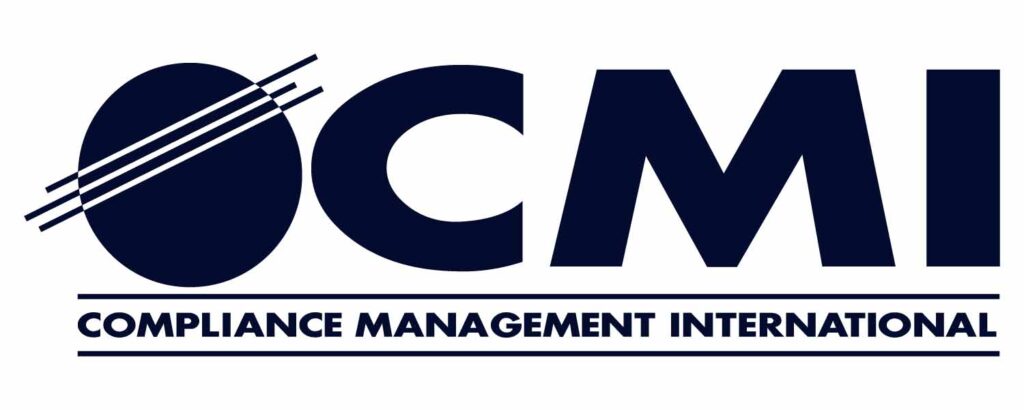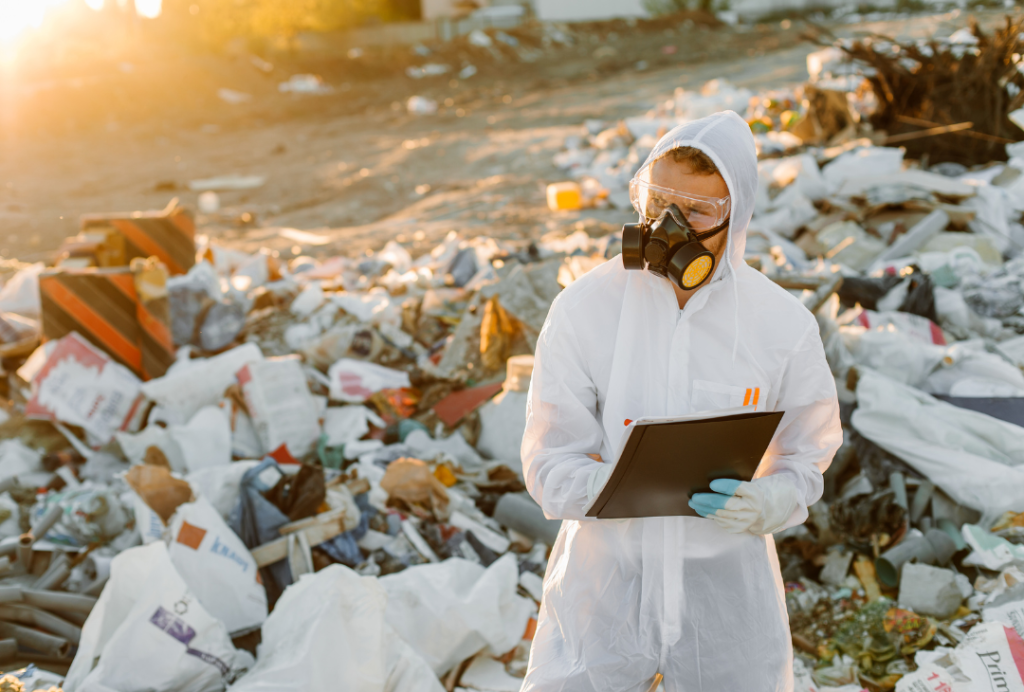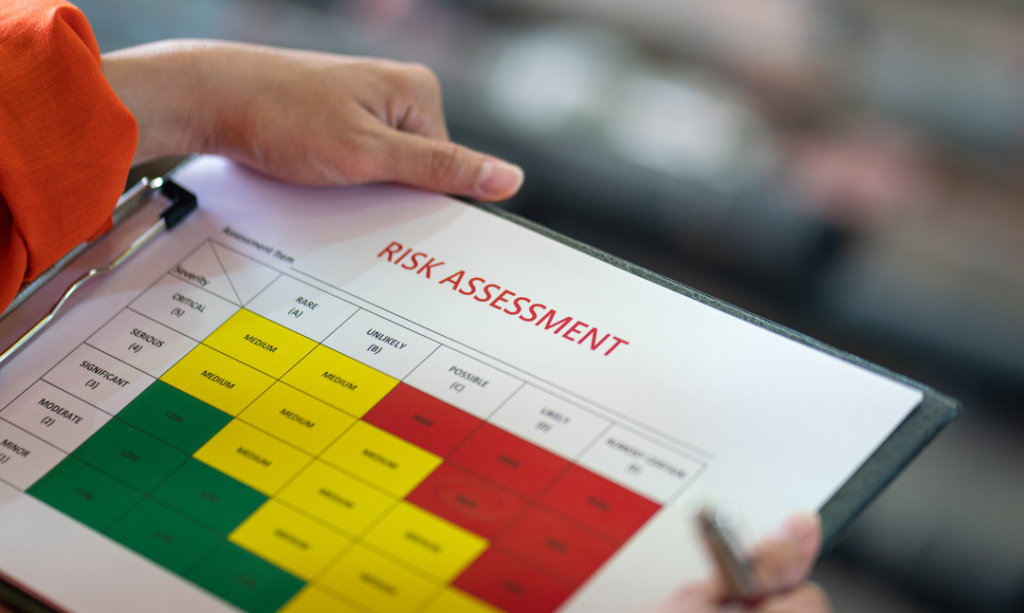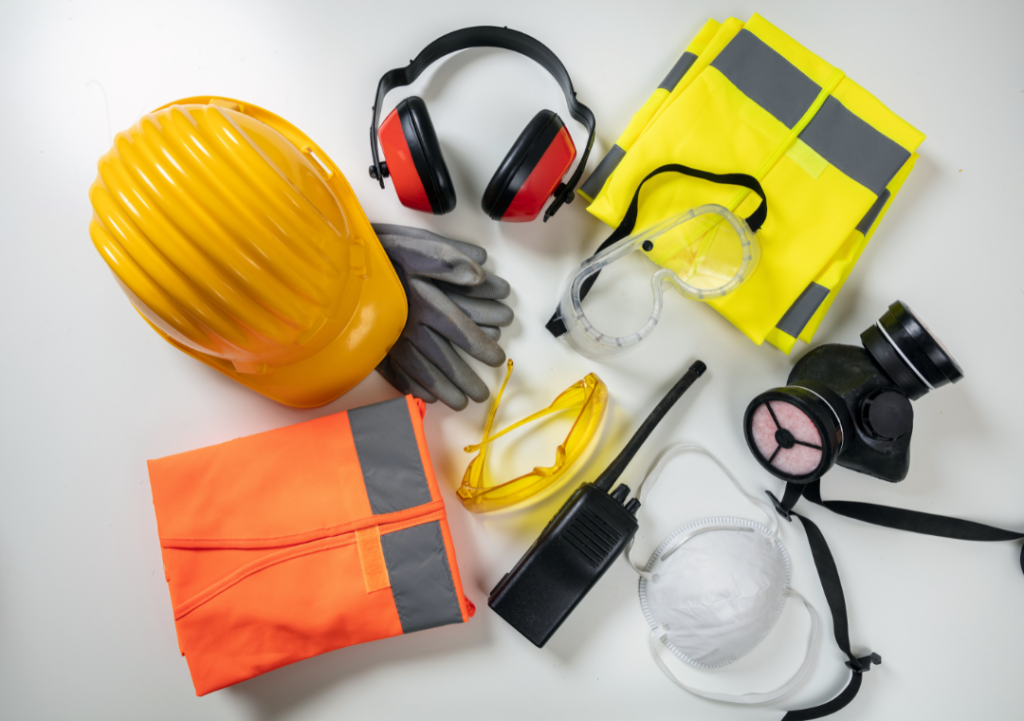Ensuring that employees are protected from potential hazards is paramount. Personal Protective Equipment (PPE) hazard assessments form a cornerstone of this effort, enabling your organization to systematically identify risks and establish proper safeguards. Understanding the essentials of how to conduct an effective PPE hazard assessment is a good start.
What is a PPE Hazard Assessment?
A PPE hazard assessment is a thorough evaluation process used to identify workplace hazards that necessitate the use of PPE. It ensures that workers are equipped with the right protective gear to mitigate risks. This assessment is a legal requirement under OSHA’s General Industry Standards (29 CFR 1910.132) and Construction Standards (29 CFR 1926.95) which mandates employers to conduct hazard assessments, select appropriate PPE and ensure employees are trained to use PPE properly.
What are the important factors in a PPE Hazard Assessment?
Identifying workplace hazards involves recognizing potential risks in various categories. Physical hazards include machinery, moving parts, falling objects, noise, and electrical dangers. Chemical hazards arise from exposure to harmful substances such as acids, solvents, and gases. Biological hazards encompass pathogens like bacteria, viruses, and other biohazards. Lastly, environmental hazards pertain to extreme temperatures, radiation, or poor air quality. Conducting a comprehensive assessment of these hazards is essential to implement effective safety measures.
What is their value?
PPE hazard assessments are crucial for ensuring legal compliance with OSHA regulations, proactively reducing injuries and illnesses by identifying and managing hazards and preventing costly incidents that can result in medical expenses, workers’ compensation claims, and downtime. By demonstrating your company’s commitment to employee well-being, PPE hazard assessments also foster a positive safety culture, boost workplace morale, and enhance productivity. Overall, these assessments provide significant value by minimizing risks, maintaining productivity, and promoting a safer work environment.
What are some important aspects to ensure compliance?
PPE hazard assessments must be completed by a qualified or trained person to ensure they capture all hazards and provide effective PPE for all areas of the workplace. These must be done when new hazards are introduced and the formal hazard assessment document must be review nd updated at least annually. Training must include a process whereby each affected employee demonstrates an understanding of the ability to use PPE properly, before being allowed to perform work requiring the use of PPE. This is critically important for respirator use and fall prevention equipment. Finally, employers must verify that required hazard assessments have been performed in all applicable work areas through a written certification that identifies the workplace evaluated; the person certifying that the evaluation has been performed; the date(s) of the hazard assessment; and, which identifies the document as a certification of hazard assessment.
How can we help?
PPE hazard assessments are a vital component of an organization’s safety strategy. CMI’s health and safety specialists routinely conduct these evaluations to identify risks and ensure proper protective measures are in place. Utilizing our health and safety professionals will ensure you have the proper PPE and also meet the OSHA requirements. In combination with other safety measures, we can support you to with a comprehensive risk mitigation program.
Stay proactive in safeguarding your workforce with regular PPE hazard assessments, and you will be rewarded with enhanced safety, productivity, and morale in your workplace.
Written by Andrew Tyler



